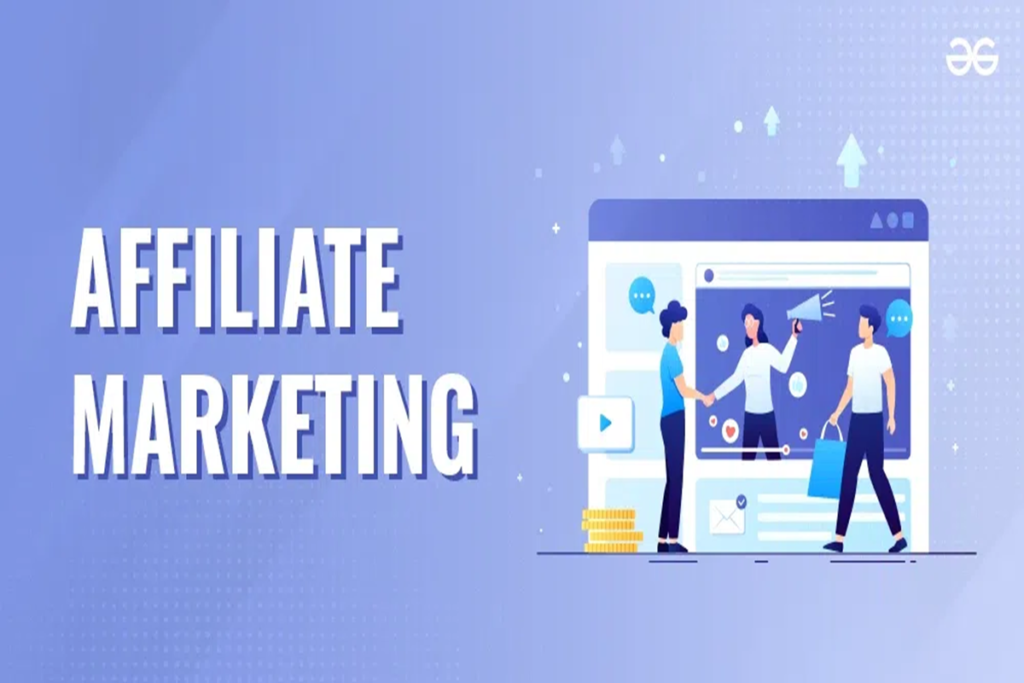How to Promote Affiliate Marketing Products Without A Blog?
Affiliate marketing is a popular way to earn money online, but what if you don’t have a blog? Can you still be successful in promoting affiliate products without a website? The answer is a resounding yes! While having a blog can offer significant advantages, you don’t need one to start earning with affiliate marketing. In this article, we’ll explore effective strategies for promoting affiliate products without creating your own blog.
Affiliate marketing is a performance-based business model where you promote other people’s products or services. As an affiliate, you share unique tracking links. When someone clicks your link and makes a purchase, you earn a commission. This model allows you to earn income by leveraging other companies’ products without having to handle inventory or customer service.
Why Consider Affiliate Marketing Without a Blog?
A blog can be a valuable asset for affiliate marketing, offering a platform to create content, build an audience, and drive traffic. However, starting a blog requires time, effort, and potentially some financial investment. If you’re not ready to commit to creating and maintaining a blog, there are still plenty of ways to promote affiliate products and earn commissions. Here’s a look at some effective methods for promoting affiliate products without having a blog:
1. Social Media Marketing
Social media platforms offer powerful tools for promoting affiliate products. Here’s how you can use social media to your advantage:
- Choose the Right Platforms: Focus on social media platforms where your target audience is most active. Popular options include Instagram, Facebook, Twitter, LinkedIn, and Pinterest. Each platform has its own strengths, so select the ones that best align with your niche and audience.
- Create Engaging Content: To capture attention, create and share engaging content related to the products you’re promoting. Use high-quality images, videos, and compelling captions to highlight the benefits and features of the products. Share personal experiences, reviews, or tutorials to provide value to your followers.
- Incorporate Affiliate Links: Include your affiliate links in your social media posts, bio, or stories. Make sure to use a URL shortener or tracking tool to manage your links and monitor performance. Always disclose that you may earn a commission from your recommendations to maintain transparency and trust with your audience.
- Engage with Your Audience: Building relationships with your followers is key to successful affiliate marketing. Respond to comments, answer questions, and engage in conversations. By fostering trust and providing valuable content, you can increase the likelihood of conversions.
Ready to boost your affiliate marketing income without a blog? Start implementing these proven strategies today and watch your commissions grow!
2. Email Marketing
Email marketing is a powerful tool for affiliate promotions, offering a direct line to your audience. Here’s how to make the most of it:
- Build an Email List: Start by collecting email addresses through lead magnets, sign-up forms, or social media campaigns. Offer something of value, such as an eBook, checklist, or exclusive content, in exchange for subscribers’ email addresses.
- Craft Compelling Emails: Send regular emails to your subscribers with valuable content and product recommendations. Incorporate your affiliate links naturally within the email content. Make sure your emails are engaging, informative, and relevant to your audience’s interests.
- Segment Your List: Divide your email list into segments based on interests, demographics, or past interactions. By sending targeted emails to specific groups, you can increase relevance and improve engagement. For example, if you’re promoting fitness products, you might segment your list into categories like “beginners” and “advanced” fitness enthusiasts.
- Monitor and Optimize: Track key metrics such as open rates, click-through rates, and conversion rates to evaluate the effectiveness of your email campaigns. Use this data to refine your approach, test different strategies, and improve your results over time.
3. Social Media Groups and Forums
Engaging in social media groups and online forums can be an effective way to promote affiliate products. Here’s how to do it:
- Join Relevant Groups: Find and join social media groups or forums related to your niche. Participate in discussions, answer questions, and share valuable information. Look for groups where members are actively seeking advice or recommendations related to the products you’re promoting.
- Share Your Expertise: Position yourself as an expert by offering valuable insights and advice. When appropriate, share your affiliate links in a way that provides value to the group. Avoid spamming or overly aggressive promotion, as this can lead to negative perceptions and get you banned from the group.
- Build Relationships: Focus on building relationships with group members. Engage in meaningful conversations and offer helpful advice. By establishing trust and demonstrating your expertise, you can naturally lead people to consider your recommendations.
4. YouTube Channel
If you’re comfortable with video content, creating a YouTube channel can be a great way to promote affiliate products. Here’s how to get started:
- Create Engaging Videos: Produce videos that provide value to your audience, such as product reviews, tutorials, or how-to guides. Include your affiliate links in the video description and mention them within the video when appropriate.
- Optimize Your Videos: Use relevant keywords in your video titles, descriptions, and tags to improve visibility and attract viewers. Create eye-catching thumbnails and compelling video titles to increase click-through rates.
- Engage with Your Audience: Respond to comments and questions from viewers to build a community around your channel. Encourage viewers to subscribe and follow your content for more recommendations and insights.
5. Paid Advertising
Paid advertising can be a powerful way to drive traffic to your affiliate offers. Here’s how to use it effectively:
- Choose the Right Platforms: Use platforms like Google Ads, Facebook Ads, or Instagram Ads to target your audience with precision. Select ad formats and targeting options that align with your goals and budget.
- Create Compelling Ads: Design ads that capture attention and highlight the benefits of the products you’re promoting. Use persuasive language, high-quality images, and clear calls to action.
- Monitor and Adjust: Track the performance of your ads and adjust your strategy based on the results. Experiment with different ad creatives, targeting options, and bidding strategies to optimize your campaigns.
Promoting affiliate marketing products without a blog is entirely possible and can be highly effective if you use the right strategies. Social media marketing, email marketing, social media groups and forums, YouTube, and paid advertising offer diverse avenues to reach and engage with your audience. By leveraging these methods, you can build an affiliate marketing business and start earning commissions without the need for your own website.
Whether you’re just starting out or looking to diversify your affiliate marketing efforts, these strategies provide practical and actionable ways to succeed. Explore these options, test different approaches, and find the ones that work best for you. Happy promoting!





